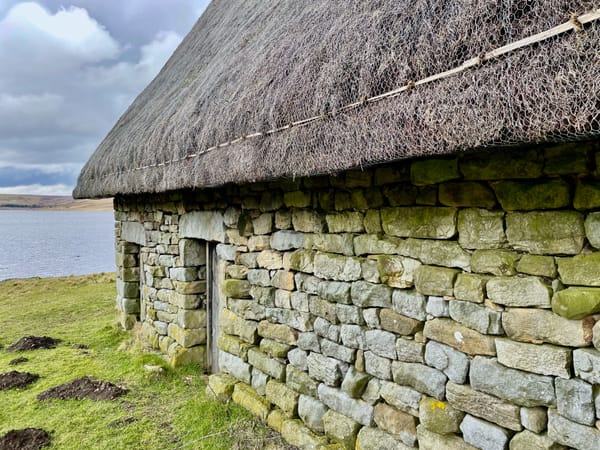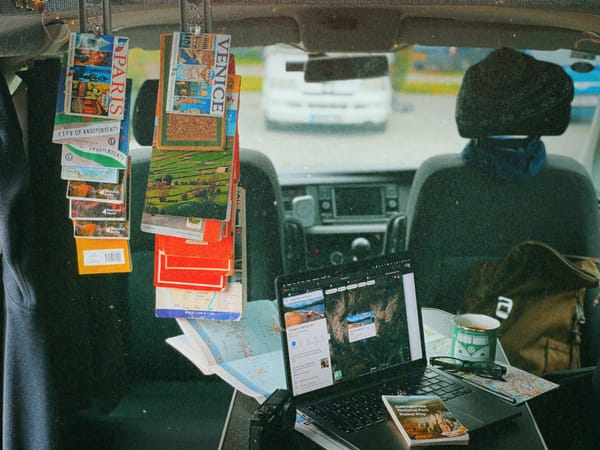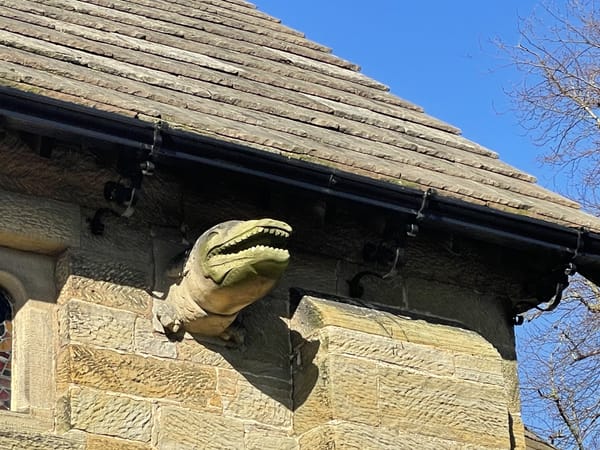Imagine a thousand years from now that our descendants find, several feet beneath the earth, a survival from our present times.
This object, in near perfect condition, shouldered by a concrete enclosure, appears slowly under the archaeologists trowel and brush. It is largely burnt metal with curvilinear lines and manicured openings. Several days of careful layer scraping take place until the final artefact is lifted - it has a symbol on one side and some faded lettering beneath that says ‘Ferrari.’
Burnt and rusted, depleted of its colour - its form survives alongside the worn symbol of a prancing horse.
What would they think of it?
Devoid of any foreknowledge, this objects original meaning would be lost on them. It might make it to a museum, perhaps with the strapline:
“An example of every day transport in the 21st century - perhaps agricultural (see prancing horse)”
‘Oh, no!’ We’d be shouting from the sidelines of history - ghosted remonstrators, ridiculing the misinformed and culturally blind minds of the next millennium.
To them - a piece of metal, to us, it’s obvious: a symbol of status and testosterone fuelled extravagance.
These innate qualities have been imprinted onto our minds from our culture, our movies and magazines.
To us, this object and its badge has taken on a meaning far greater than the sum of its parts.
Now, meet the rood screen of St. Anno’s, Wales.

Devoid of any foreknowledge, this objects original meaning is lost on us.
On first site, contre-jour against the east window it takes on the appearance of a wall of hardened oak - a carved thing of fancy from 'Ye Olden Days'.
Put on our Ferrari minds - and the hardwood comes to life.


With its purpose set out to separate the spiritual from the secular, the rood screen was more that just a sacred threshold.
It was a finely honed mechanism, an engine for souls. Each part, each carved intricacy had a function - wired to mythology - firing up the cogs in the medieval mind - each turn and cut observed and heartfelt.

To those that created it, beneath its seasoned surface was a living, breathing, virtual and virtuous organism - sap replaced by belief, pulsating - like a fine tuned engine: purring.
With time behind us, it's hard to see this mix of tangible and intangible as they might have seen it. I imagine it’s akin to the the heads-up display inside my camera viewfinder - creating an augmented reality of supplementary information to amplify the outcome.
The medieval 'heads-up' would reveal a mosaic of symbol and fable dissipating from the vine, the pomegranate and water leaf carvings; rooted in an animated mesh of trefoil and quatrefoil.





To each side of the screen an extra talisman was added - a token from impious times: an amphisbaena - a two headed dragon - representing pagan notions carved into the warp and weft of pious beliefs. Odd to think that subtly enfolded within the facet and burr of this nebulous presence is an embracing creed for all faiths and none.

Every now and then, when its performance was out of kilter - the rood was stripped down, serviced and re-purposed. At other times, the seizing cogs of belief were greased with extra marks - apotropaic - to ward off invisible spirits.


This oaken parable would at times be shrouded during Easter or Lent - a visual calendar - marking out the year. At other times, odd bits, - perhaps an icon here, or a statue there - accessed from the rood loft - would be quickly veiled.

When I view it with my time-lapse mind (with the calander year spun into mere seconds) this intermittent revealing and concealing presents a vast, timber pegged computer, divulging its creed, its liturgical essence - oscillating like the Bletchley Enigma.


It might take a while, but if you stop and find a few solitary moments in front of the screen at St. Anno’s - dare to lose the present self and take on another's mind (conjure up the colour, the carving, and rooted symbolism) - you might see brief glimpses of the rood as they saw it: a great medieval augmented reality, as potent as a red Ferrari.

St. Anno's Church
St. Anno's Church
With an ecosphere as complex and unexplored as a country thicket - the loss of treasures such as the remarkable rood screen at St. Anno's would be a calamity for us all.
St. Anno's is soon to come under the care of The Friends of Friendless Churches. You can help save places like this by supporting them as a volunteer or member. See here for more details.

Andy Marshall
is an architectural and interiors photographer based in the UK



Heritage Portfolio
Link to: Heritage
I put my heart and soul
into sharing my experiences of the buildings and places I visit. If you like what you see, it would warm the cockles of my heart if you might consider subscribing below, to accompany me on my travels, and get first sight of new content as soon as it is published. It can get a bit lonely out there...







Member discussion